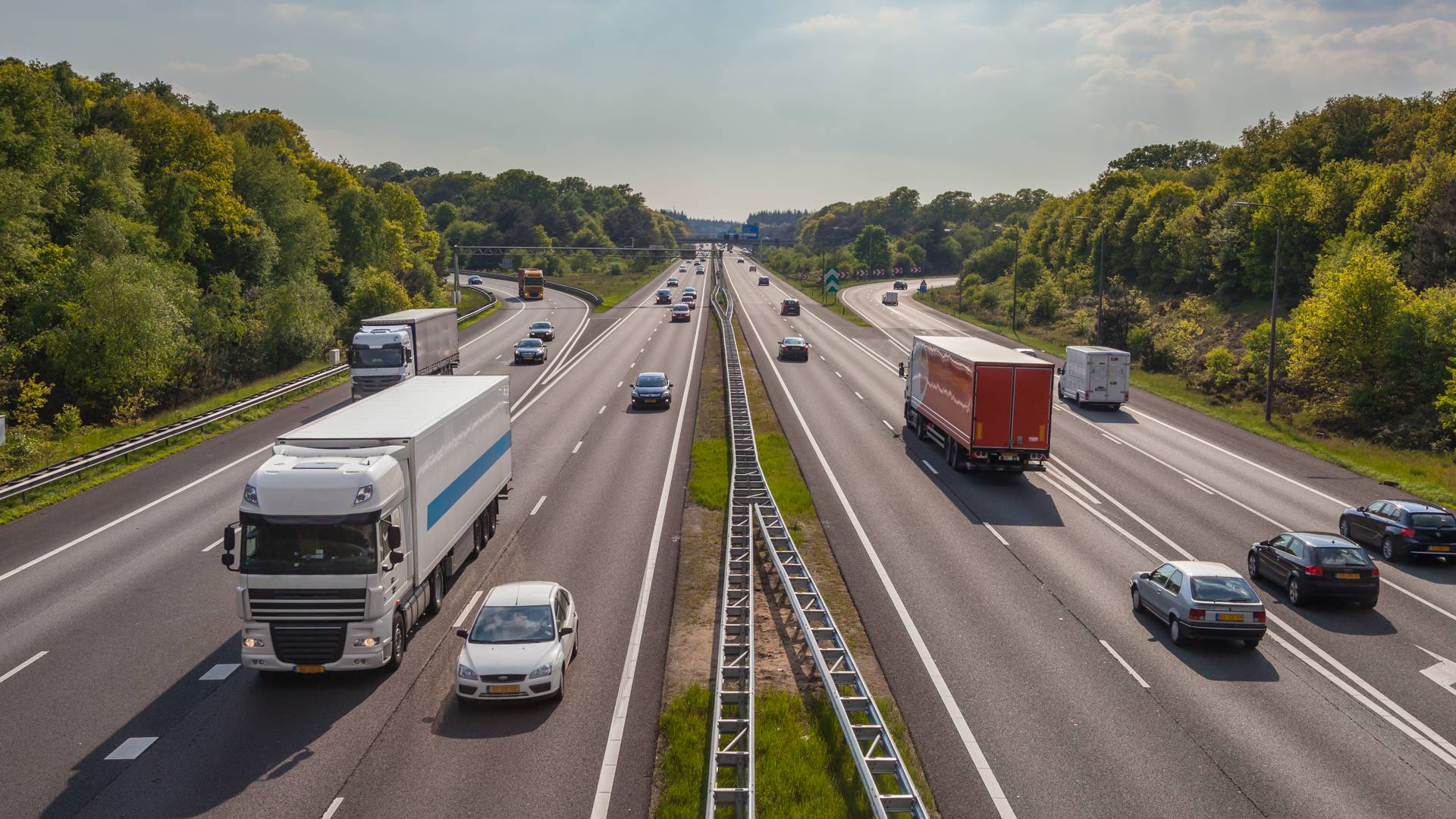Atlanta Traffic Accidents Involving Stalled Semi-Trucks
As experienced Atlanta semi-truck accident lawyers, we know that large trucks such as 18-wheelers, semis and tractor trailers pose a huge injury hazard to occupants of other vehicles if they are involved in a collision. Although many of the dangers of driving near heavy goods vehicles might be obvious to most motorists, we know that a semi-truck does not have to be moving in order to present a crash hazard to other drivers. Some of the most catastrophic injuries occur in Georgia semi-truck wrecks caused by a passenger vehicle crashing into a stalled semi-truck along the roadside.
In order to protect motorists in the Atlanta metropolitan area and throughout the United States, the Federal Motor Carrier Safety Administration (FMCSA) has very strict regulations concerning the obligations of a trucker whose vehicle is broken down, temporarily parked or otherwise stopped alongside a roadway. Within ten minutes of pulling on to the hard shoulders, semi-truck drivers are required by law to set up appropriate caution signage in order to warn other oncoming drivers of their presence in order to avoid a potentially fatal collision.
The Federal Motor Carrier Safety Regulations state that approved hazard warnings such as high-visibility reflective triangle, flags, signal flashers, flares or fusees must be placed along the side of the road closest to oncoming traffic at regular intervals so that other motorists on the road are notified of the semi-truck hazard up ahead. It is recommended that semi-truck drivers place the first warning signal roughly ten feet behind the left rearmost wheel, then the second and third signals 100 feet beyond the previous signal. In certain situations, of course, it may be appropriate to place the hazard warnings in an alternative arrangement; for example, if the semi-truck is obscured by a bend in the road or is parked on a gradient. In these situations a trucker may use their discretion to appropriately place the hazard signs. The important thing is that oncoming automobiles are made aware of the potential danger up ahead.
It is worth noting that the FMCSA rules prohibit the use of flares and fusees near tanker trucks which are transporting flammable materials such as gasoline, compressed gas or other combustible product. This also applies if the semi-truck is leaking its own fuel. In these situations, it is recommended that alternative hazard warning signage is used. If flares or fusees must be used, then the trucker should ensure that they are placed at a safe distance from their vehicle. In these situations, therefore, oncoming drivers will see the warning signs placed a significant gap before the stalled semi-truck.

.2410180755550.png)



.2410171551550.png)
